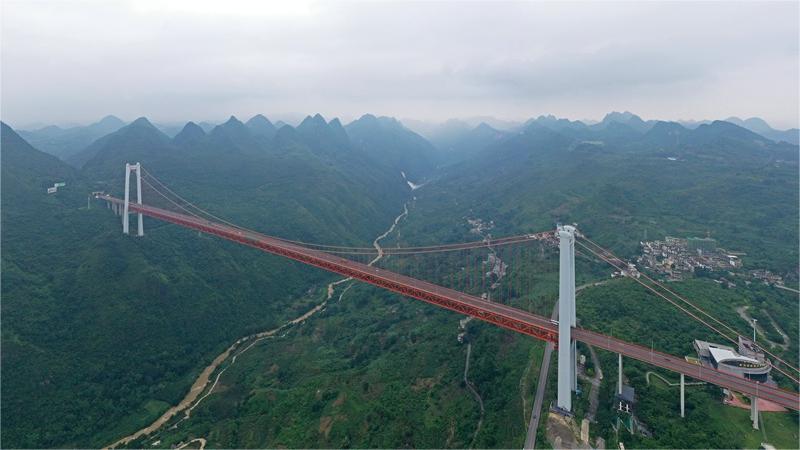Beijing's Nanxincang, former imperial granary, revitalized as cultural hub
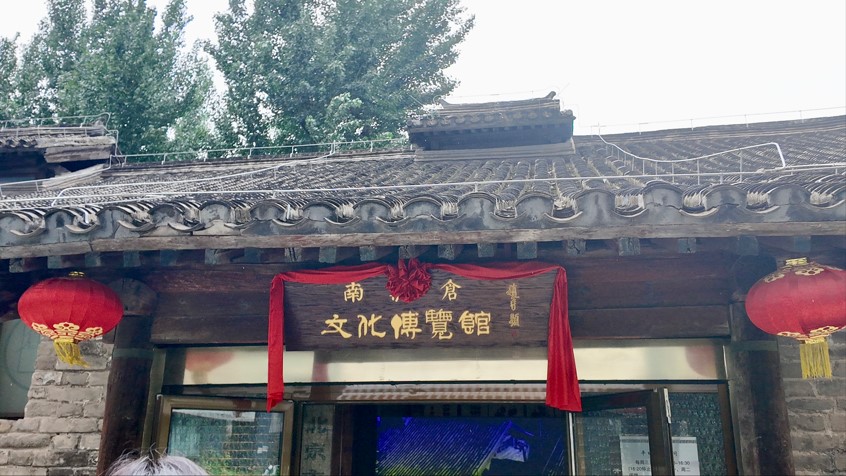
Nanxincang Culture Museum, located at No. 22 Dongsishitiao in Beijing's Dongcheng district, July 2, 2024. (People’s Daily Online/Xue Yanyan)
Nanxincang, located at No. 22 Dongsishitiao in Beijing's Dongcheng district, served as an imperial granary during the Ming and Qing Dynasties (1368-1911). The site preserves nine granaries, which form the only remaining ancient granary group of this scale in China. Moreover, among the ancient granaries in Beijing, Nanxincang is the best-preserved and the largest.
The site, now part of Nanxincang Cultural and Pedestrian Street, has been renovated to integrate Beijing's cultural elements into a vibrant business district. The area, recognized as a national 3A-level tourist attraction, covers 40,000 square meters with a construction area of 43,000 square meters and features a pedestrian street stretching over 1 kilometer.
As part of the Grand Canal's ancient heritage sites and management institutions, which were designated as a UNESCO World Heritage Site on June 22, 2014, Nanxincang stands as a model for preserving and revitalizing ancient heritage.
Nanxincang Cultural and Pedestrian Street blends "newness within antiquity" and "fashion within history," offering a space for leisure and cultural activities, featuring international restaurants, tea houses, and other attractions.
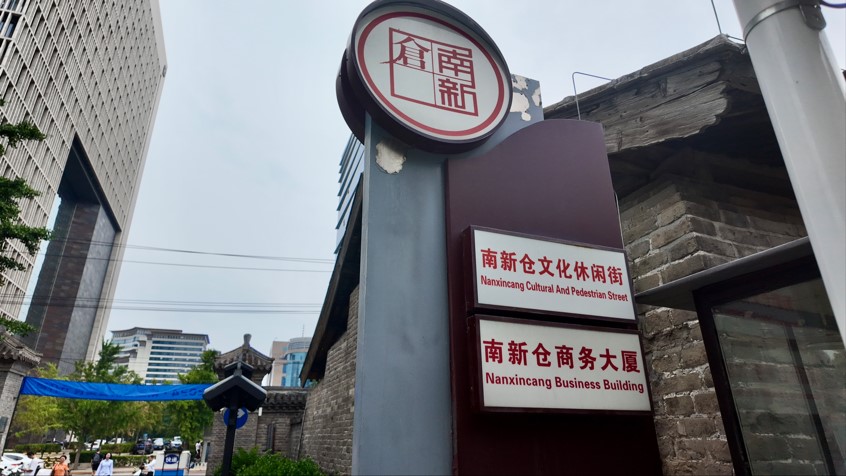
Nanxincang Cultural and Pedestrian Street in Beijing Dongcheng district, July 2, 2024. (People’s Daily Online/Xue Yanyan)
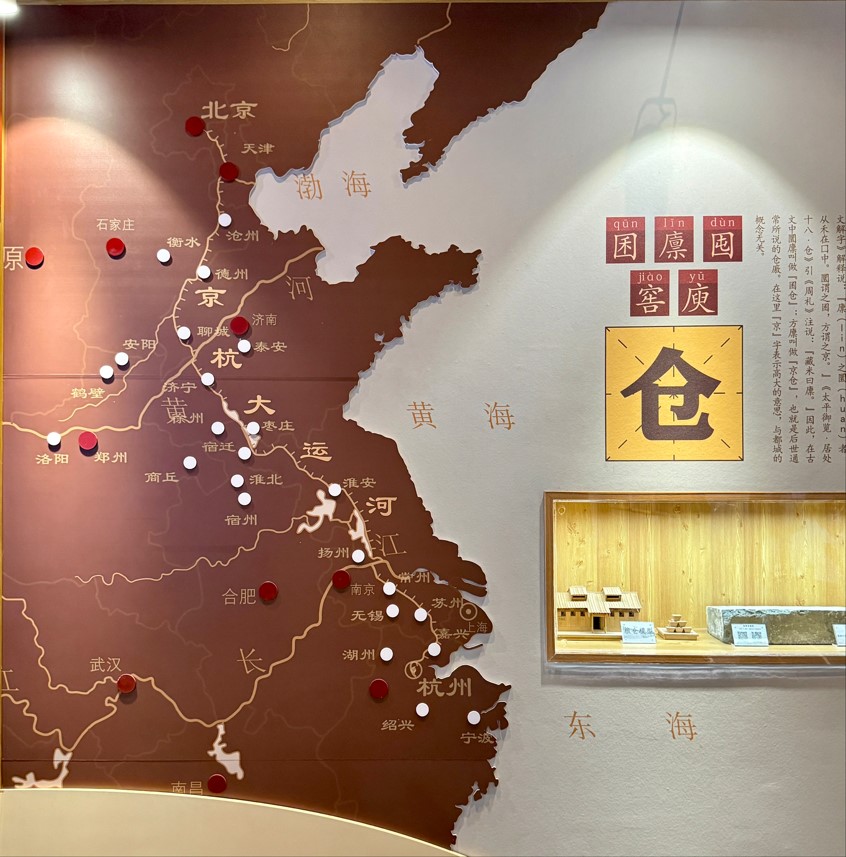
Photo shows a map of the Beijing-Hangzhou Grand Canal displayed in the exhibition hall of the Nanxincang Culture Museum. The Grand Canal, an engineering marvel with a history spanning over 2,500 years, once served as a vital transportation artery, facilitating trade, cultural exchange, and economic prosperity in ancient China. (People’s Daily Online/Xue Yanyan)
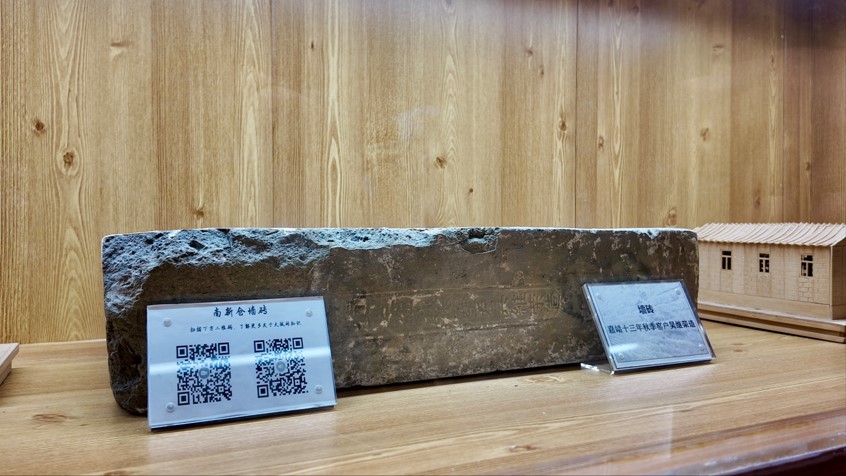
Photo shows wall tiles from the Ming Dynasty (1368-1644) preserved and exhibited in the Nanxincang Culture Museum. (People’s Daily Online/Xue Yanyan)
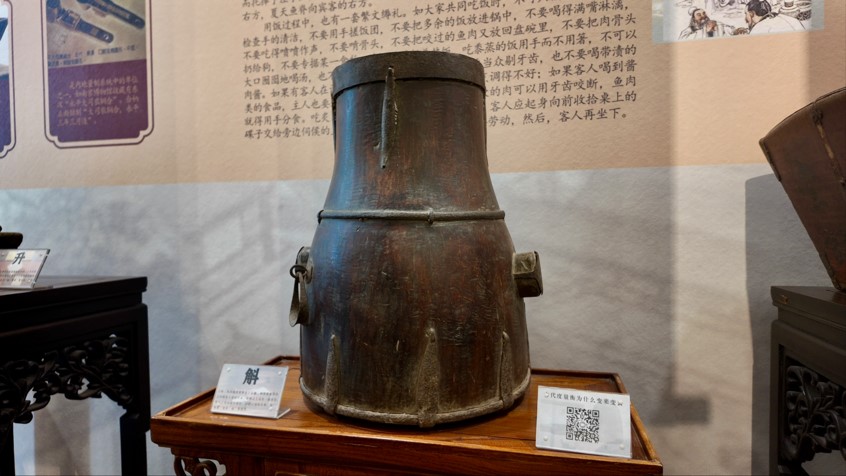
Photo shows a "Hu," a traditional Chinese measuring instrument and unit of volume used for grain, exhibited at the Nanxincang Culture Museum. (People’s Daily Online/Xue Yanyan)
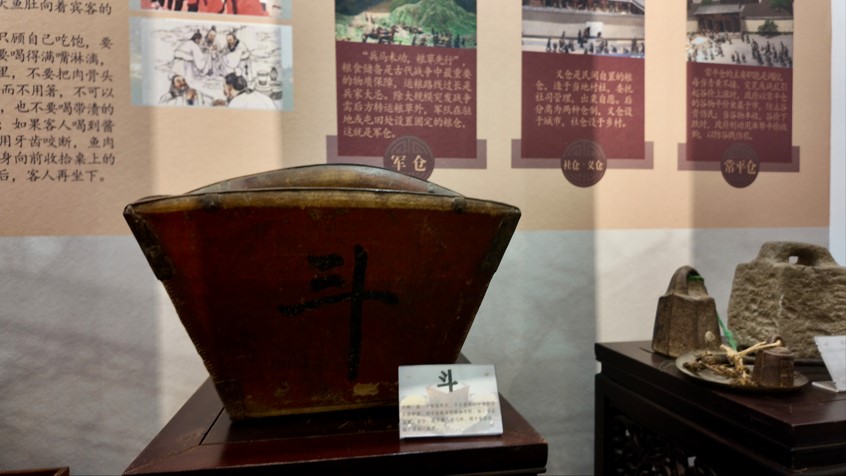
Photo shows a "Dou," another traditional Chinese measuring instrument and unit of volume used for grain, exhibited at the Nanxincang Culture Museum. (People’s Daily Online/Xue Yanyan)

In Nanxincang Cultural and Pedestrian Street, traditional Chinese measuring containers blend harmoniously with the surrounding greenery. (People’s Daily Online/Xue Yanyan)
Photos
Related Stories
- China enhances cooperation with Afghanistan, Pakistan on cultural heritage conservation
- 5,000-year-old "granary" found in east China
- In pics: Fengtu Charitable Granary in China's Dali County
- Italy to help preserve Myanmar cultural heritage
- China has 870,000 intangible heritage items
- Flowing prosperity: Six facts you may not know about China's Grand Canal
- China launches online campaign to promote Grand Canal's cultural heritage
- 85 ancient sites unearthed along China's Grand Canal
- View along Grand Canal in Wuxi, E China
- China completes Grand Canal water supply project
- Grand Canal witness to Hangzhou's change from industrial hub to cultural gem
- Archaeological discoveries enrich Grand Canal culture
- E China’s Hangzhou revives historical and cultural heritage of centuries-old Grand Canal
- Scenery along Grand Canal in Cangzhou, China's Hebei
- Scenery of Grand Canal in sub-center of Beijing
Copyright © 2024 People's Daily Online. All Rights Reserved.









